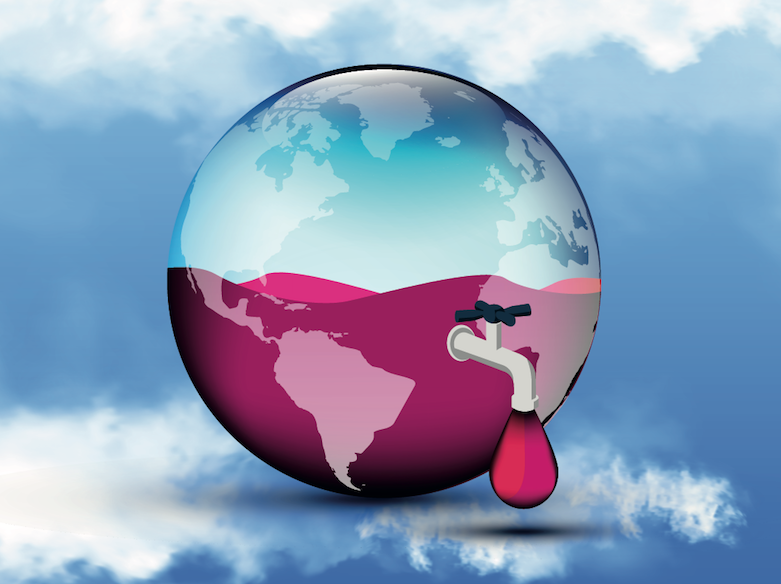
Vineyard area edges back to Europe as Spain and France rise and China's growth slows
Vineyard surface area saw some subtle yet far reaching shifts in 2020, with China falling into third place behind Spain and France as EU plantings stabilise and China's plantings slow.
According to the latest data from the International Organisation of Vine and Wine (OIV), Spain had 13% of the world’s vineyard area under vine in 2020. In the same year, China slid from second to third place with 11%, with France just nudging ahead, also around 11%. Italy was in fourth place with 10%.
The data, from the OIV’s State of the Vitivinicultural World report, reflects ongoing stabilisation of world vineyard surface area since 2017. Plantings have largely flatlined over the past four years, dipping -0.2% in 2020 to sit at 7.3m ha.
This is mainly thanks to the slowdown of China's vineyard growth and also the cap on EU plantings, which limits annual plantings to 1% of annual production.
China's growth rate has slowed significantly in recent years compared to the rapid growth seen in the past. Even though vineyard area grew in 2020, the rate of growth reflects an ongoing deceleration over the past couple of years that has handed dominance back to Europe. Currently, EU vineyards account for 44% of the world total.
“France, Italy and China are the only large vineyards that increased in size in 2020,” Pau Roca, director general of the OIV said, adding that this has had “a big impact" on the other figures because of their overall vineyard size.
The year 2020 was a year of resilience, according to the OIV.
Covid, China’s slowdowns and trading issues with Australia, and to some extent Brexit, have all played a huge role in shaping global production and consumption habits.
The 260m hl of wine produced last year was therefore “good news” Roca said. Even though production only increased 1% on 2019, and was slightly below the 20 year average, this increase was positive “in light of the low consumption we saw in 2020”, which fell by -3% to 234m hl.
This fall of 7m hl between 2019 and 2020 was similar to the one seen during the 2008-09 global financial crisis, the OIV said.
The year 2020 also came following two consecutive years in 2017 and 2018 which were “extremely volatile” for global wine production, Roca concluded.
Keywords:
- wine
- China
- production
- vineyard
- year
- place
- OIV
- plantings
- area
- roca
- plantings scheme
- vineyard surface
- third place
- year 2020
- surface area
- vineyard surface area
- oiv covid china’s
- wine produced last
- shaping global production
- covid china’s slowdowns





